This guide covers decorative pebbles (also called decorative stones) for landscaping, including types available, delivery, and important considerations. You’ll learn:
Decorative pebbles are small stones used as ornamental groundcover in garden beds and around plants. Pebbles come in a variety of shapes, sizes, colors and materials, providing gardeners with many options for beautifying their outdoor spaces.
The primary benefits of decorative pebbles are aesthetic. They add visual interest, color and texture to gardens that complement and bring focus to plants. Pebbles also serve a practical purpose by helping to step-by-step: finding the top movies streaming now retain moisture in the soil, controlling weeds and suppressing unwanted plant growth between pavers and walkways.
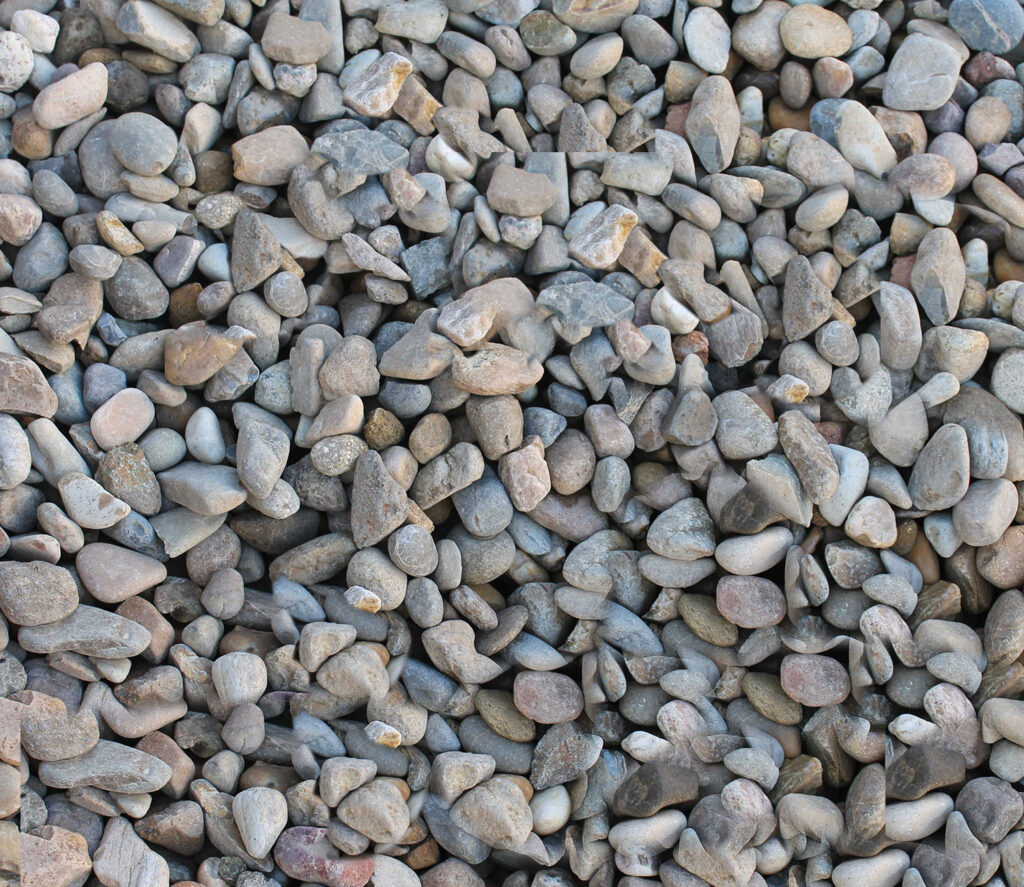
Blue river gravel has a distinct grayish-blue color due to the presence of iron compounds and minerals like olivine in its parent rocks. The blue color becomes more prominent over time as the stones are weathered and oxidized.
In terms of landscaping uses, blue river gravels work well as:
Brown river gravel is commonly used as a low-maintenance landscape material. Brown river gravel consists of jagged stones sourced from waterways. Its primary uses include:
River gravel requires more effort than decorative pebbles to install and contain due to its larger size. Edging made from timbers, concrete or metal is often needed. Over time, the stones may shift and settle, creating uneven surfaces that need occasional re-raking and leveling.
Cowra white pebbles are a type of rounded quartz pebble commonly sourced from Cowra, Australia. They are prized for their white color and smooth, rounded shape.
Cowra white pebbles are frequently used for:
While providing visual appeal, Cowra white pebbles require very little maintenance. They can typically be left in place for several years with only an occasional sweeping to remove debris. Over time, some pebbles may work their way up to the surface or spill over edges, so checking placements periodically is recommended.
Cowra gold pebbles are a variety of Cowra quartz pebbles with a golden or tan hue. They are sourced from the same quarries near Cowra, Australia as the white pebbles but have a warmer color due to the presence of iron oxides in the quartz.
Cowra gold pebbles are used in similar applications as the white pebbles but their tan color provides a different aesthetic:
Like the white pebbles, Cowra gold pebbles require minimal upkeep once installed. An occasional sweeping is sufficient to remove debris and displaced pebbles.
White scoria is a type of volcanic rock formed when lava cools quickly. It is composed of tiny air pockets that give it a lightweight, porous texture. Its color ranges from light gray to tan and white depending on the amount of oxidation during cooling.
Scoria has several landscaping and garden uses due to its porous, lightweight properties:
With a simple screen layout and step by step ordering process, ordering sand supplies takes less than under 2 minutes
View and compare prices from nearby Suppliers up front so you can decide what’s best for you – distance, price or material quality
We embody precision. Our drivers have all the information they need to provide a top delivery service, and you get three delivery options
Decorative pebbles are used for a variety of purposes in landscaping. First and foremost, they are used as an aesthetic element to provide visual interest and complement the colors and textures of plants. Pebbles can be arranged in beds around plants or in pathways to create patterns and designs.
Second, pebbles serve a practical purpose by helping to retain moisture in the soil. They cover the soil surface, reducing evaporation and keeping the soil underneath cooler and moister for plant roots.
Third, pebbles help control weeds. They prevent weeds from sprouting in bare soil by blocking sunlight and reducing access to nutrients and water. Pebbles also make it difficult for weeds to gain a foothold, especially between pavers and in tight spaces.
Finally, decorative pebbles serve as a weed barrier that suppresses unwanted grasses and vegetation from growing up between stones, pavers and walkways. The pebbles make it physically challenging for weeds to emerge.
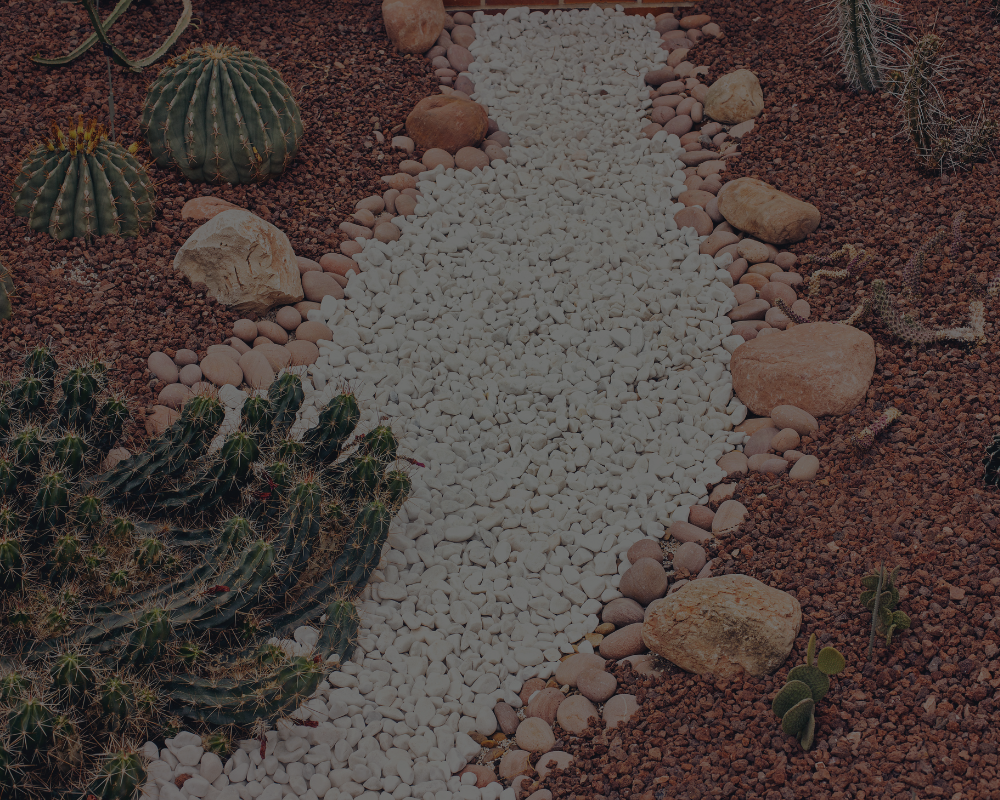
Decorative pebbles are primarily used for aesthetic purposes in landscaping. They provide visual interest through their varied colors, shapes, sizes and textures. Pebbles can be arranged in garden beds and pathways to create patterns and designs that complement the plants used. For instance, pebbles can be placed in a circular pattern around the base of shrubs or in between rows of perennials.
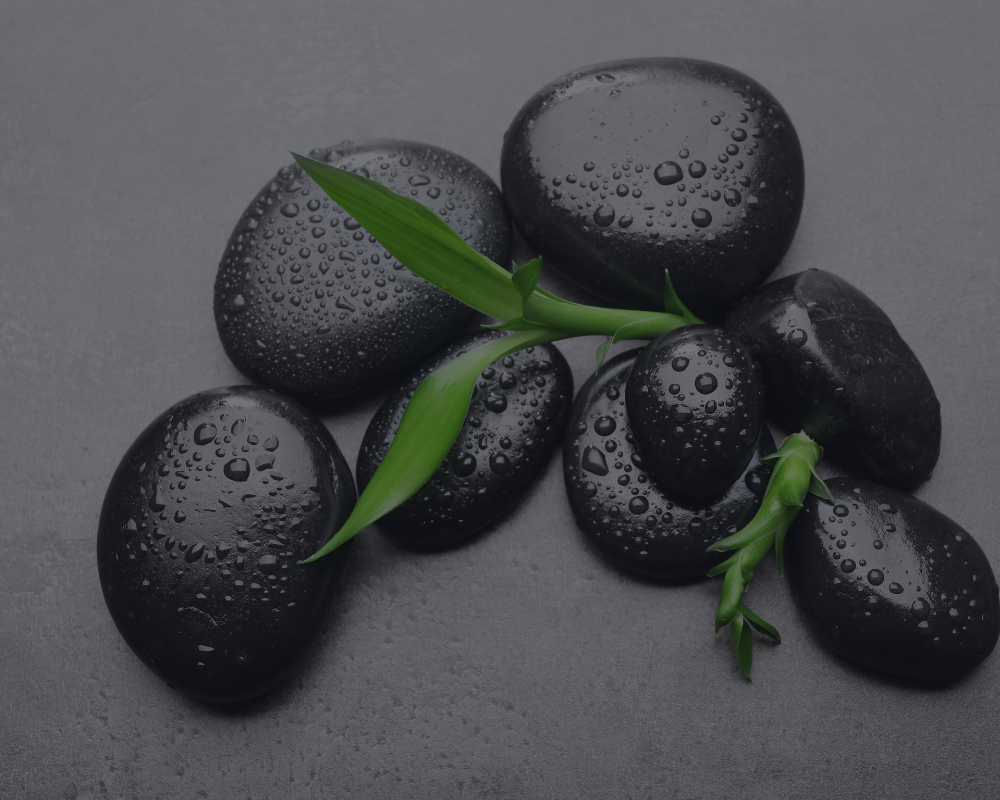
They help retain moisture in the soil by covering the surface and reducing evaporation. This keeps the soil underneath cooler and moist, which benefits plant roots.
For example, pebbles can be spread over the soil in planting beds to conserve moisture during dry periods.
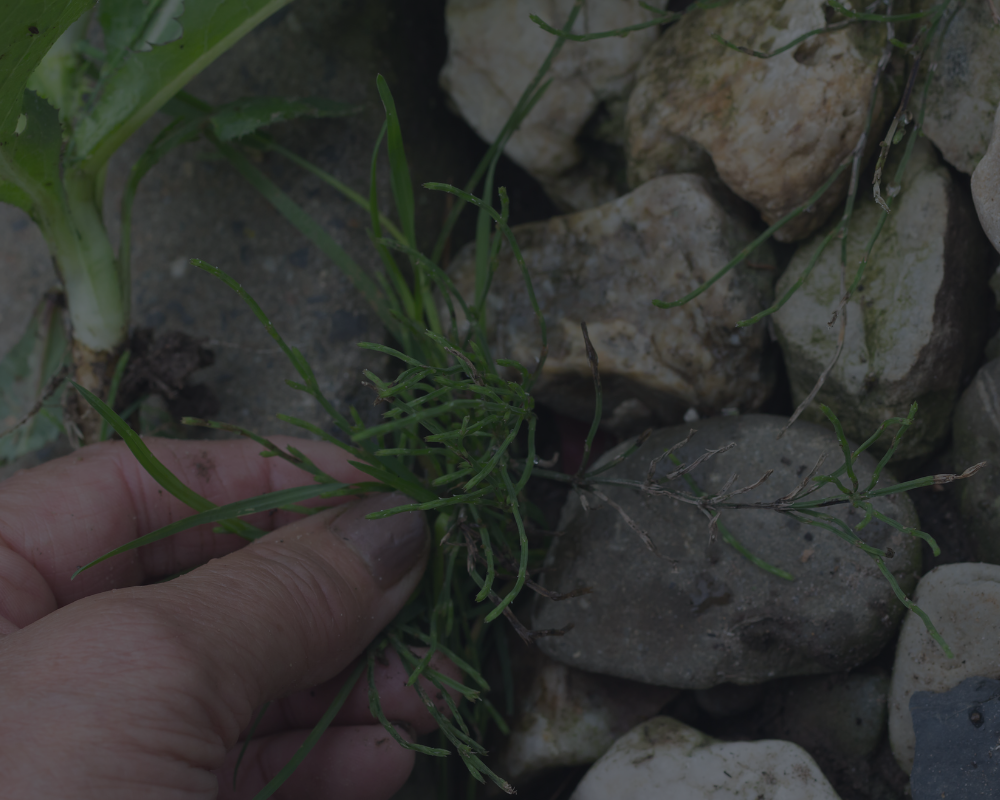
They prevent weeds from sprouting in bare soil by blocking sunlight and limiting access to nutrients and water. Additionally, pebbles make it physically difficult for weeds to emerge, especially in tight spaces like between pavers.
When used as a mulch, pebbles act as a weed barrier that suppresses unwanted grasses and plants from growing up between the stones.
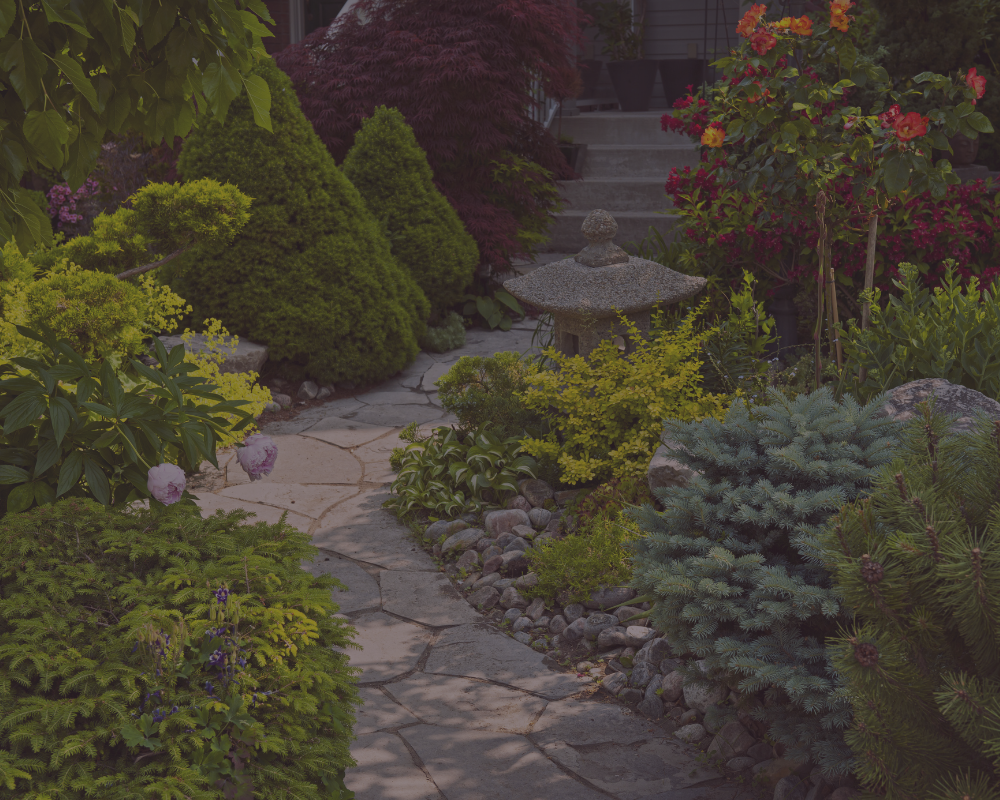
Pebbles can be used to define the edges of planting beds by creating a border around the bed. This helps contain mulch and provides easy access for weeding.
Pathways: Pebbles are often used as a groundcover material for creating pathways and walking areas between planting beds. The pebbles can be raked or tamped into a smooth, even surface for a defined walking route. Pebble pathways provide a low-maintenance alternative to concrete or asphalt paths.
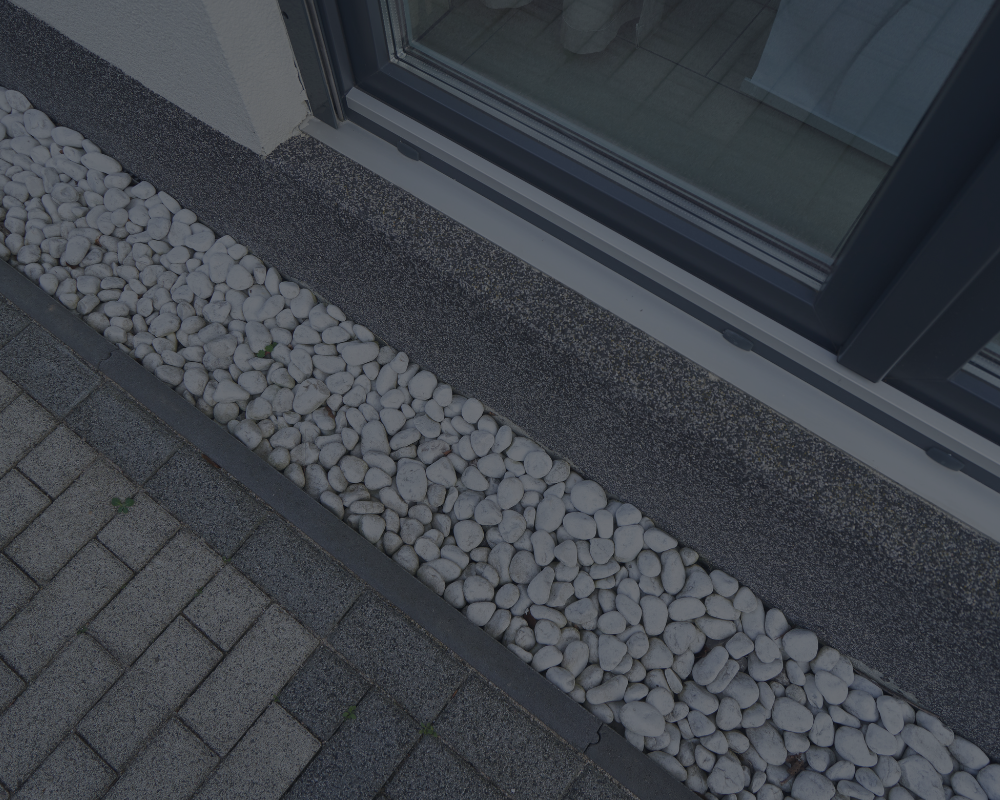
Pebbles can be spread at the bottom of sloped planting beds or n the edge of patios to aid with drainage and prevent soil erosion. The spaces between the pebbles allow excess water to drain away quickly.
This is especially useful for beds with tall plants that have deep root systems.

Stepping stones: Arrange pebbles in paths to create informal stepping stones between areas of the yard. This is an eco-friendly alternative to concrete slabs.
Terracing hills: On sloped areas, pebbles can be used to create terraced levels separated by stone retaining walls. This helps prevent erosion and makes planted areas more manageable.
With proper planning and installation, decorative pebbles can provide an attractive, low-maintenance element to your landscaping for many years.
The process of getting stones delivered to your project site involves careful consideration of various factors, including your delivery preferences and requirements.
RUBBL is your go-to decorative pebble delivery partner. With three effective delivery options to suit all your landscaping needs, vehicle tracking, paperless invoicing, ordering, and receiving pebbles is a breeze!
There are other considerations to consider when ordering stones, and RUBBL has them all covered. Factors such as site access, timing, and site preparation should be taken into account to prevent delays and complications. With the RUBBL App, you can specify all this information with ease, making your delivery incredibly simple and hassle-free.
What are decorative pebbles used for?
Decorative pebbles are used for:
How do I choose the right size decorative pebbles?
The size of decorative pebbles you choose will depend on how you plan to use them:
How often do I need to replenish decorative pebbles?
You may need to replenish decorative pebbles every 3 to 5 years, depending on weathering and how much foot traffic the area receives. Over time, pebbles can break down, become covered with debris, or spread out from foot traffic and water runoff.
Which decorative pebble is the cheapest to buy from australian landscape suppliers?
In general, brown and tan pebbles tend to be the most affordable options when purchasing decorative pebbles from landscape suppliers in Australia. Here are some reasons why:
Brown and tan pebbles are usually composed of more common stone types like granite, limestone, and sandstone. These stones are naturally abundant and widely available, keeping the costs lower.
Colored pebbles made from materials like lava rock and quartz tend to be more expensive due to higher demand and the need to import some varieties. However, if cost is less of a concern for your project, colored pebbles can provide a unique aesthetic.
What is the difference between blue river gravel versus brown river gravel?
Blue river gravel has a distinct grayish-blue color due to the presence of iron compounds and minerals like olivine in its parent rocks. The blue color becomes more prominent over time as the stones are weathered and oxidized.
Brown river gravel, on the other hand, is typically comprised of granite and other igneous rocks that do not contain as much iron. It has a more neutral tan to brown color.
In terms of landscaping uses, blue and brown river gravels work equally well as decorative mulches, pathway materials and drainage layers. The main differences are visual. Blue river gravel can provide a more striking pop of color contrast compared to earth tones of brown gravel. However, brown gravel’s neutral tones may blend in better visually with natural surroundings.
Should you use crusher dust or road base as a base before placing decorative pebbles?
Using either crusher dust or road base as a base for decorative pebbles is recommended for long-lasting results. Both materials can effectively stabilize the pebbles and prevent them from sinking into the soil. Here are some pros and cons of each option:
Crusher dust: Pros –
Road base:
Pros –
In summary, for most residential decorative pebble applications, crusher dust is likely sufficient and more cost-effective. However, in high-traffic areas or where heavy rains are common, road base may perform better due to its higher durability.



